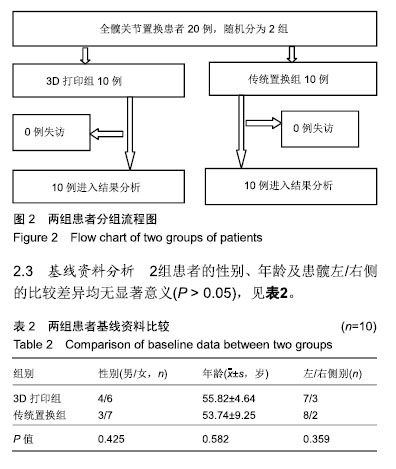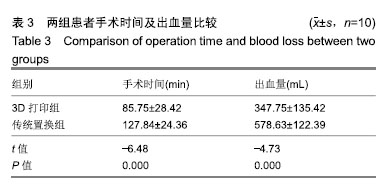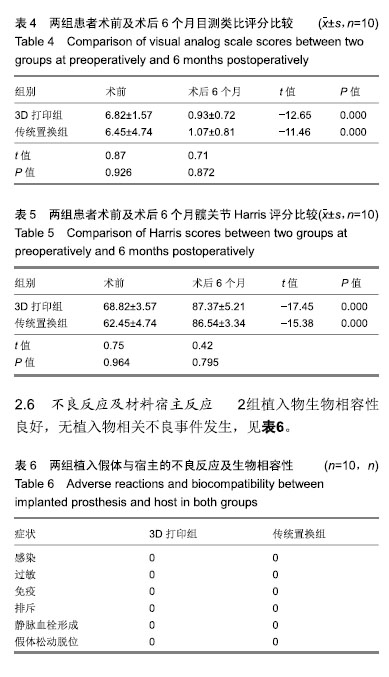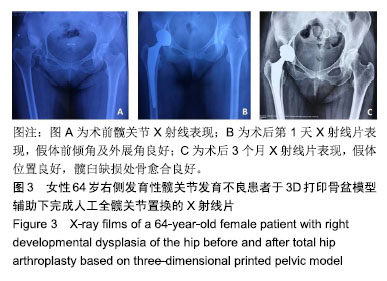| [1]Inan M, Korkusuz F. Developmental dysplasia of the hip : editorial comment. Clin Orthop Relat Res. 2008;466(4):761-762. [2]Oken FO, Yildirim OA , Asilturk M. Factors affecting the return to work of total hip arthroplasty due to of developmental hip dysplasia in in young patients. J Orthop.2018;15(2):450-454.[3]曹力.发育性髋关节发育不良病人的全髋关节置换术:探索,挑战,求精[J].骨科,2018,9(5):337-340.[4]Ganz R, Klaue K, Vinh TS, et al. A new periacetabular osteotomy for the treatment of hip dysplasias. Technique and preliminary results. Clin Orthop Relat Res.1988;(232):26-36.[5]Hosny GA,Fabry G. Chiari osteotomy in children and young adults. Pediatr Orthop.2001;10(1):37-42. [6]Fong HC, Lu W, Li YH, et al. Chiari osteotomy and shelf augmentation in the treatment of hip dysplasia. Pediatr Orthop. 2000;20(6):740-744. [7]Weidong X, Jia L, Zhenhua Z, et al. Reasults of hip resurfacing for development dysplasia of the hip of Crowe I and II. Chin Med J. 2008;15:1379-1383.[8]Faulkner-jones A, Greenhough S, King JA. et al. Development of a valve-based cell printer for the formation of human embryonic stem cell spheroid aggregates. Biofabrication. 2013;5(1):015013.[9]Schweizer A, Furnstahl P, Nagy I. Three-dimensionall correction of distal radius intra-articilar malunions using patient-specific drill guides. J Hand Surg Am. 2013;38(12):2339-2347.[10]陈拥,王增辉,朴成哲.3D打印个性化截骨导板辅助行全膝关节置换的研究[J].中国组织工程研究,2019,23(8):1155-1160.[11]Thawrani D, Sucato DJ, Podeszwa DA, et al. Complications associated with the Bernese periacetabular osteotomy for hip dysplasia in adolescents. J Bone Joint Surg Am. 2010;92(8): 1707-1714.[12]Hartofilakids G, Karachalios T. Total hip arthroplasty for congenital hip disease. J Bone Joint Surg Am. 2004;86:242-250.[13]Rengier F, Mehndiratta A, Von Tengg-Kobligk H, et al. 3D printing based on imaging data: review of medical applications. Int J Comput Assist Radiol Surg. 2010;5(4):335-341.[14]官建中,刘亚军,吴敏,等.3D打印技术在成人DDH人工髋关节置换中的临床应用研究[J].中华全科医学,2016,14(7):1080-1082.[15]杨龙,王建吉,刘国勇,等.3D打印技术在髋臼发育不良髋关节置换中的初步应用[J].中国矫形外科杂志, 2016,24(17):1550-1553.[16]杨清,杨毅,杨柳,等.3D打印技术用于人工全髋关节置换术治疗成人DDH的临床应用[J].实用骨科杂志,2017,23(8):693-697.[17]Camenzind RS, Stoffel K, Lash NJ, et al. Direct anterior approach to the hip joint in the lateral decubitus position for joint replacement. Oper Orthop Traumatol.2018,30(4):276-285.[18]Kahlenberg CA , Nwachukwu BU , Schairer WW, et al. Patient Satisfaction Reporting After Total Hip Arthroplasty: A Systematic Review. Orthopedics.2017;40(3):e400-e404.[19]Souza BCSE, Melo TED, Resende TM, et al. Developmental dysplasia of the hip: do the responsible for screening know what to do. Acta Orthop Bras.2016,24(6):312-317.[20]Mu D, Yang B, Xu A. Midterm outcome of cementless total hip arthroplasty in Crowe IV hartofilakidis type III developmental dysplasia of the hip. J Arthroplasty. 2016;31(3):668-675. |







